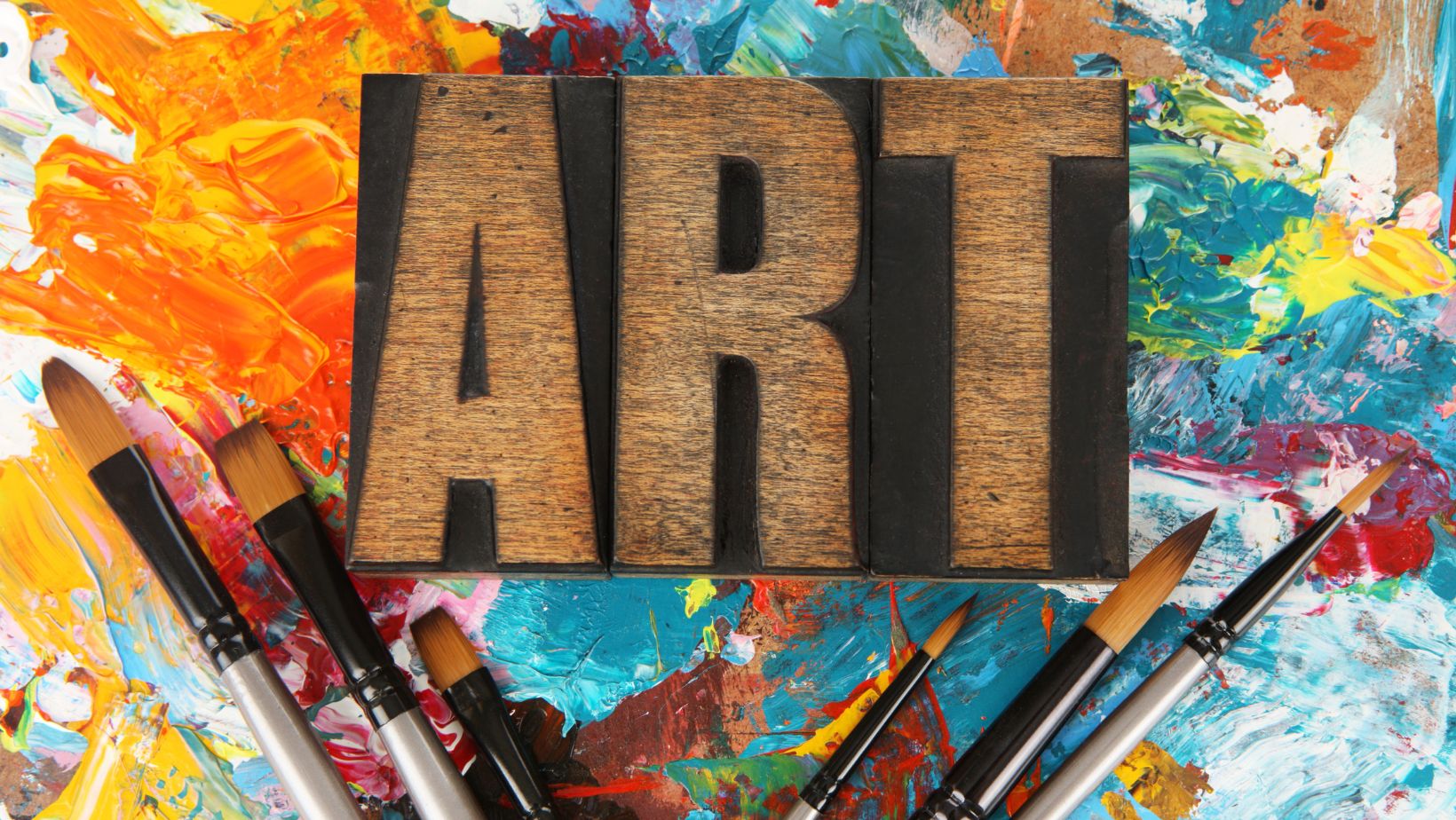Michelangelo’s Masterpieces
Michelangelo’s artistry transcended common perceptions, breaking barriers to mold an art form that remains unparalleled. His timeless masterpieces stand tall, representing the zenith of artistic brilliance of their time. Till date, they remain a source of inspiration for art enthusiasts, historians, and artists alike.
The Sistine Chapel Ceiling
Michelangelo’s magnum opus, The Sistine Chapel Ceiling, is arguably one of the most well-known pieces of artwork in the world. Commissioned by Pope Julius II, it took nearly four strenuous years (1508 – 1512) for Michelangelo to complete the vast expanse of the chapel’s ceiling.
We believe it’s the grandeur of the frescoes showcasing scenes from the Book of Genesis, that sets the ceiling apart. The representation of ‘The Creation of Adam’, where the outstretched hands of God and Adam are mere inches away from each other, is universally recognized. Its intricate designs and profound messages continue to captivate and inspire artists to this day.
David
Another monumental masterpiece by Michelangelo is the statue of David. The sculpture stands at a colossal height of 17 feet, serving as a courageous symbol of strength and human beauty. Michelangelo sculpted David between 1501 and 1504, commissioned by the Operai of the Cathedral of Florence.
Carved out of a single piece of Carrara marble, David is a prime example of the Renaissance’s humanist ideals. The statue celebrates human potential and physical perfection, bringing the biblical hero to life with groundbreaking realism. David’s relaxed pose, coupled with the intense look of determination on his face, speaks volumes about Michelangelo’s ability to capture and convey emotion through marble.
Michelangelo’s Artistic Style
Our exploration takes us next to the heart of Michelangelo’s work: his distinctive artistic style. From the rugged textures of his sculptures to the dramatic lighting in his frescoes, Michelangelo’s style possesses a dynamic interplay of technique and realism.
Sculpting Techniques
A cornerstone of Michelangelo’s artistic style lies in his sculpting techniques. This iconic artist often opted for a “non finito” (unfinishing) method, leaving parts of his sculptures rough and incomplete. This unconventional approach contributes to the dramatic tension in his works, juxtaposing meticulously detailed figures emerging into the light against a backdrop of raw, untouched stone.
Michelangelo also mastered the technique of contrapposto (counterpose), creating lifelike figures that seem caught between motion and stillness. This resulted in his sculptures exuding a palpable vitality, such that they appear ready to spring to life at any moment.
Use of Detail and Realism
Beyond the technical skills, Michelangelo’s remarkable use of detail and realism sets him apart. He tried to portray the subjects of his work as accurately as possible, paying extraordinary attention to human anatomy. His figures display an understanding of musculature and skeletal structure unmatched in his time — a testament to his extensive studies in anatomy.
Unlike other artists, Michelangelo did not shy away from the labor-intensive process of replicating the wide range of human expressions and poses. He keenly observed and captured the intricate interplay of light and shadow, achieving remarkable depth and three-dimensionality in his paintings.
So, while exploring Michelangelo’s art, we witness his mastery of technique and his dedication to realism. Influence of both can be found throughout his remarkable body of work. Listening to the silent dialogue between the artist and the stone, we gain an insight into the creative genius of Michelangelo, a titan of the Renaissance era.
Which of the Following is not One of Michelangelo’s Famous Works?
Michelangelo left an indelible mark on the art world. His ability to capture human emotion and anatomy in his pieces became a cornerstone in Renaissance art and beyond.
Influence on Future Artists
Michelangelo’s impact isn’t constrained to his time. His influence continues to reverberate in the works of artists even centuries after his death. His technical prowess in carving intricate details in marble was a standard future sculptors would continue to aspire to.
Not only sculptors, painters too were dazzled by Michelangelo’s ability to convey raw emotion and realism in his pieces. They took notes from his attentiveness to anatomy, his spectacular use of light and dark, and his uncanny ability to breathe life into stone.
Consider the following:
- Leonardo da Vinci, a contemporary of Michelangelo, is said to have been influenced by his style, particularly his emphasis on anatomical precision.
- Rodin, the famous French sculptor, openly admired Michelangelo’s ‘non finito’ technique and incorporated some of its elements into his own sculpting process.
- Modern art movements such as Impressionism and Cubism have attributed some of their origins to the playful experimentation of form and perspective that Michelangelo championed in his work.
Without a doubt, Michelangelo’s contributions during the Italian Renaissance period have left an indelible mark on the realm of art. His remarkable attention to human anatomy, complex drapery and the subtle interplay of light and shadow in his work, continue to fuel artistic innovation and experimentation. His legacy endures, a testament to his extraordinary talent.
